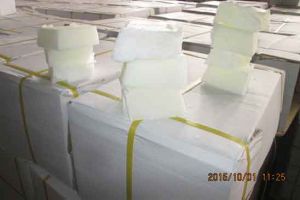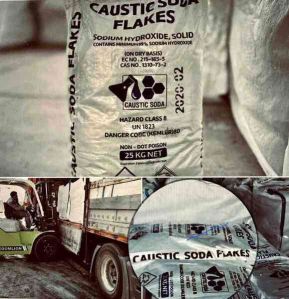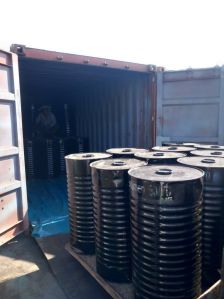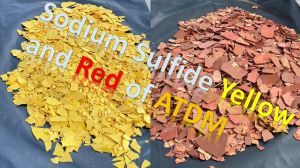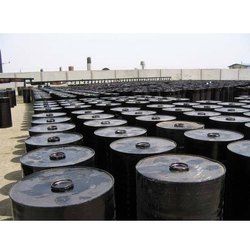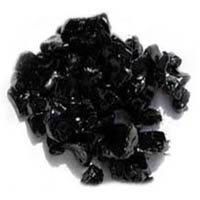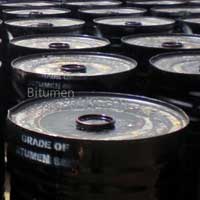- MOQ 23000 Kilogram
- Brand NameSodium Sulfide
- TypeFlake
- Coloryellow
- Country of OriginUAE IRAN
Sodium Sulfide Export from Producer Countries: Global Trends and Market Insights Sodium sulfide plays a crucial role in multiple industries, including leather processing, pulp and paper manufacturing, mining, and water treatment. Because global demand continues to increase, producer countries must ensure stable exports to meet industry needs. However, sodium sulfide exports depend on several factors, such as production capacity, trade regulations, transportation costs, and shifting market demand. Consequently, prices fluctuate, availability changes, and supply chains evolve. At Basekim, we continuously track global sodium sulfide export trends. By doing so, we provide businesses with valuable insights, strategic sourcing solutions, and cost-effective procurement options. Since every market has unique challenges, understanding the key exporting countries and their trade dynamics allows businesses to plan ahead, optimize costs, and secure reliable suppliers. Key Factors Influencing Sodium Sulfide Exports Because sodium sulfide exports are influenced by a variety of factors, businesses must closely monitor market changes to stay competitive. Understanding these key elements helps in securing stable supply and minimizing risks. 1. Production Capacity and Supply Availability Since sodium sulfide production requires precise chemical processes, output levels vary significantly between countries. When major manufacturers operate at full capacity, global supply remains steady. However, when factories experience raw material shortages, stricter environmental regulations, or unexpected shutdowns, export volumes decline. As a result, prices often rise, and buyers must explore alternative sourcing options. 2. Trade Policies and Export Regulations Because governments control international trade, sodium sulfide exports depend on tariffs, export duties, and legal restrictions. When governments implement favorable trade policies, businesses benefit from lower costs, faster transactions, and smoother supply chains. Conversely, when stricter regulations or high tariffs come into effect, sodium sulfide exports slow down, leading to shortages in certain markets. So, businesses must remain informed about policy changes to avoid unexpected supply disruptions. 3. Logistics, Shipping Costs, and Transportation Challenges Since sodium sulfide exports rely on efficient logistics, transportation expenses significantly impact global pricing. When fuel prices rise, freight charges increase, and port congestion occurs, shipping costs escalate. Additionally, unexpected supply chain disruptions—such as labor strikes, trade conflicts, or natural disasters—cause shipment delays, leading to price volatility. Because of this, businesses must factor in shipping routes, delivery timelines, and regional transportation risks when sourcing sodium sulfide. 4. Global Demand and Industrial Growth Trends Because industries such as leather tanning, mining, and chemical processing depend heavily on sodium sulfide, fluctuations in demand directly affect export levels. When these industries expand, sodium sulfide consumption increases, prompting producer countries to ramp up exports. However, during economic downturns or industry slowdowns, demand weakens, causing exports to decline. So, businesses must closely track industry trends to anticipate shifts in supply and pricing. Top Sodium Sulfide Exporting Countries Since multiple countries produce and export sodium sulfide, understanding regional trade dynamics helps businesses make cost-effective and strategic sourcing decisions. Each major exporter has unique strengths, including competitive pricing, high-quality production, or efficient supply chain networks. China: The Largest Exporter with Unmatched Production Scale China dominates global sodium sulfide exports, primarily due to its massive chemical manufacturing sector, abundant raw materials, and cost-efficient production methods. Because Chinese manufacturers operate at

